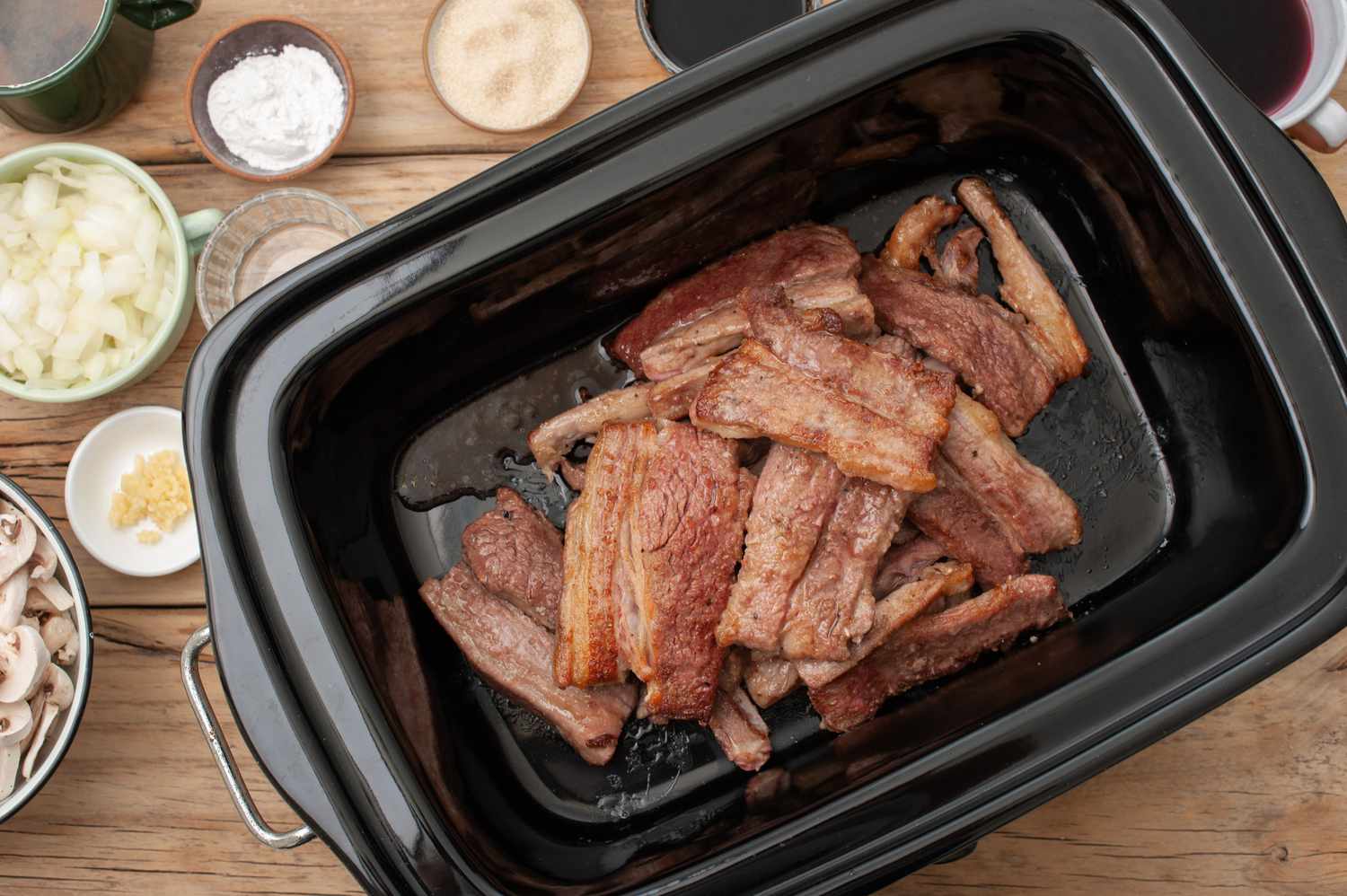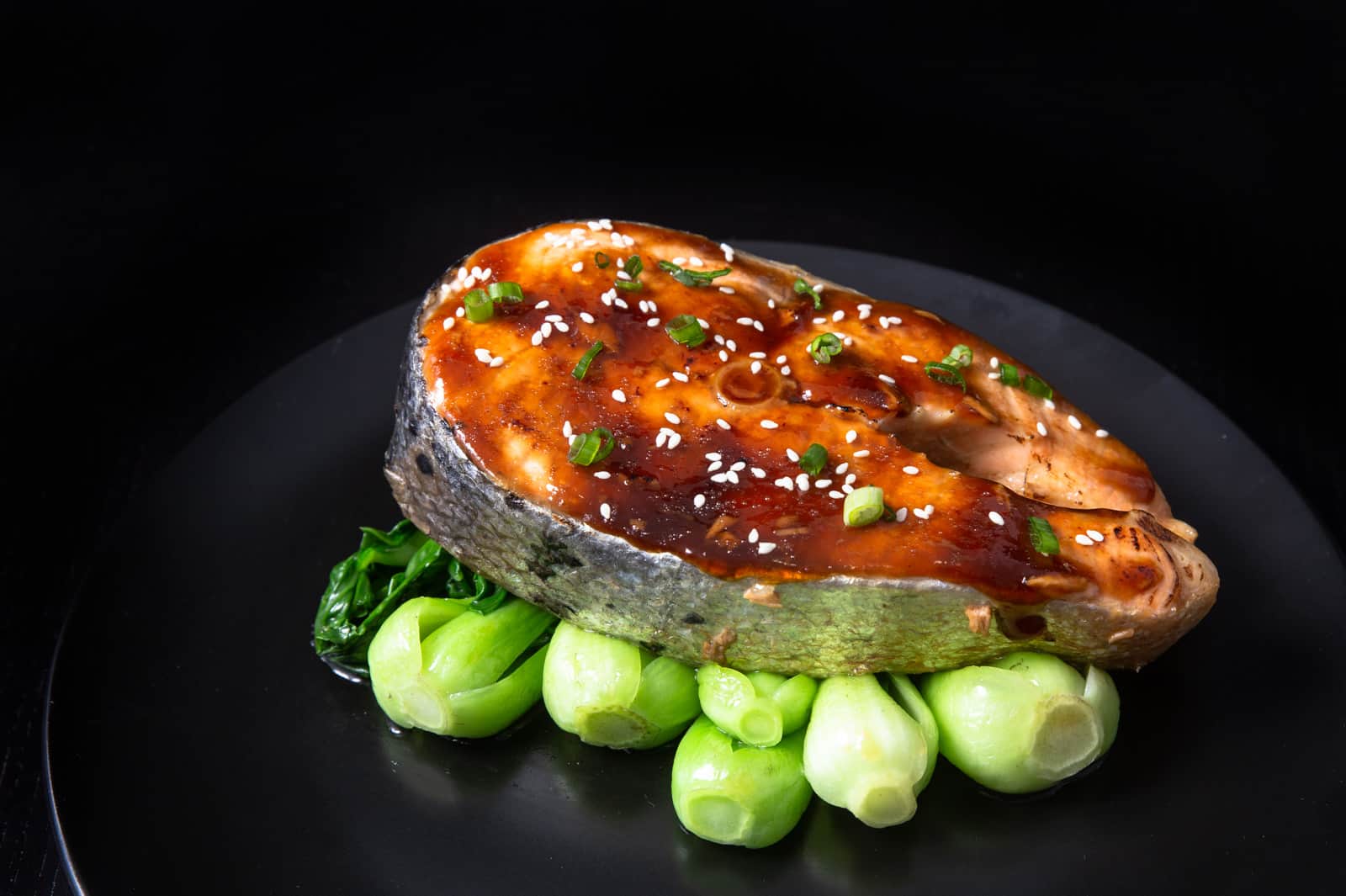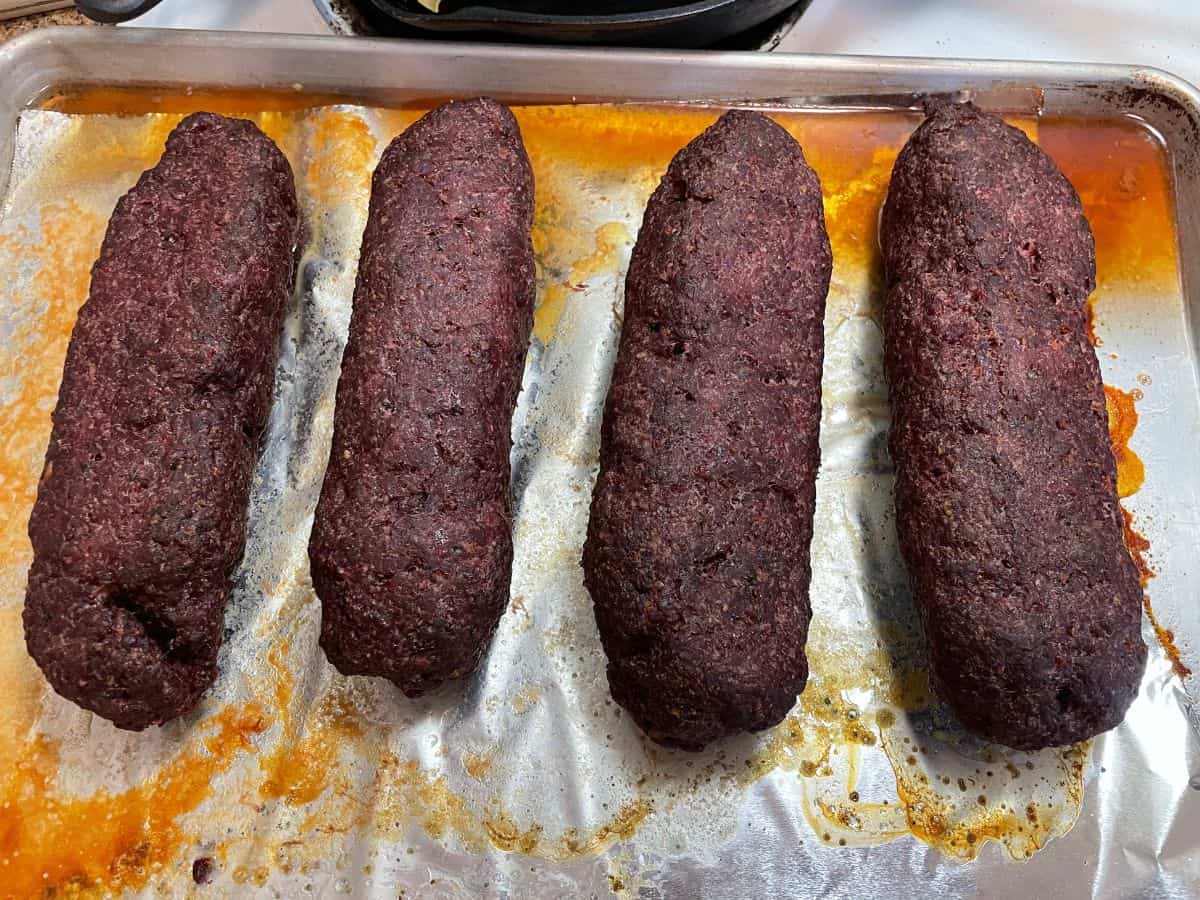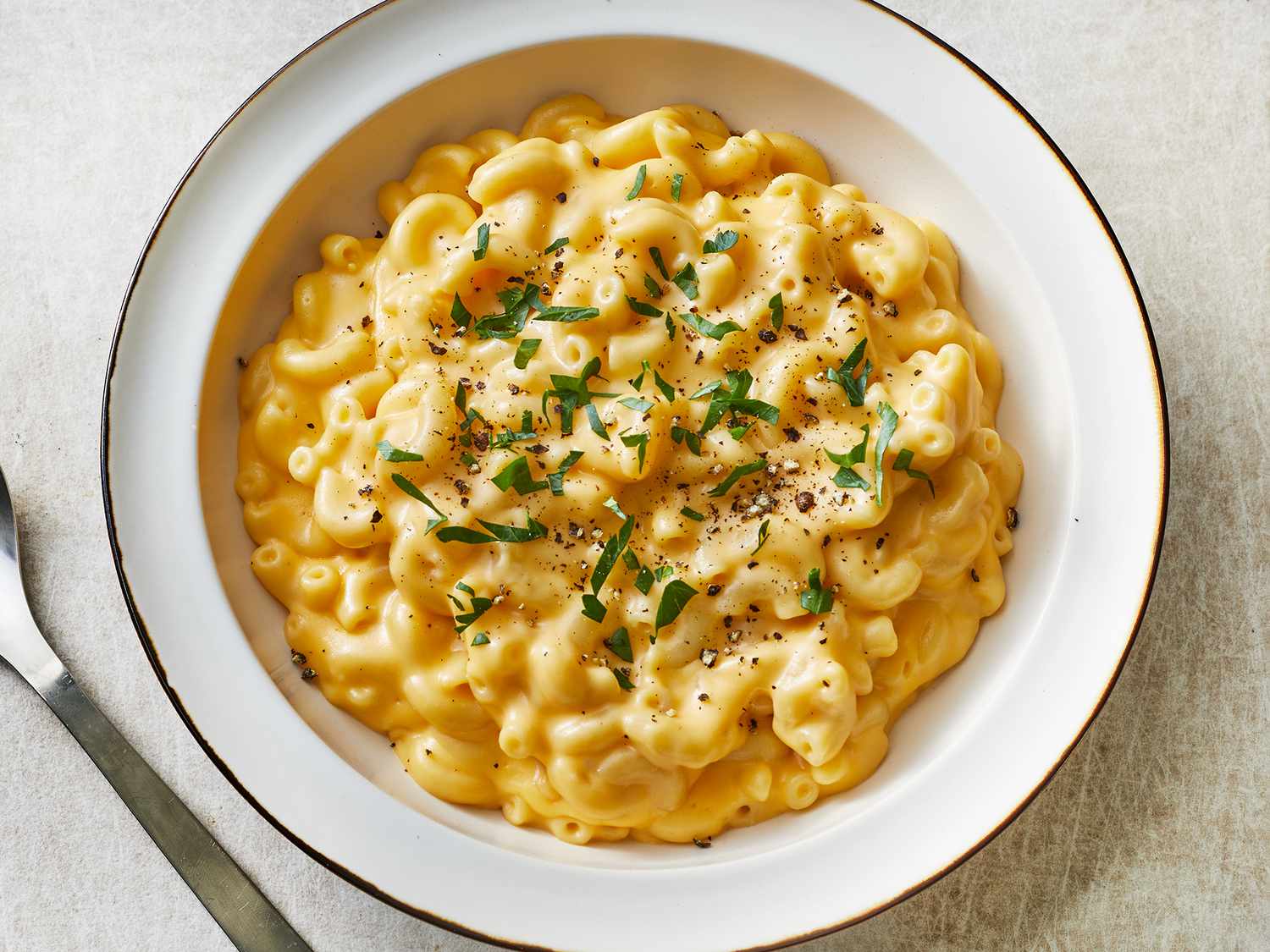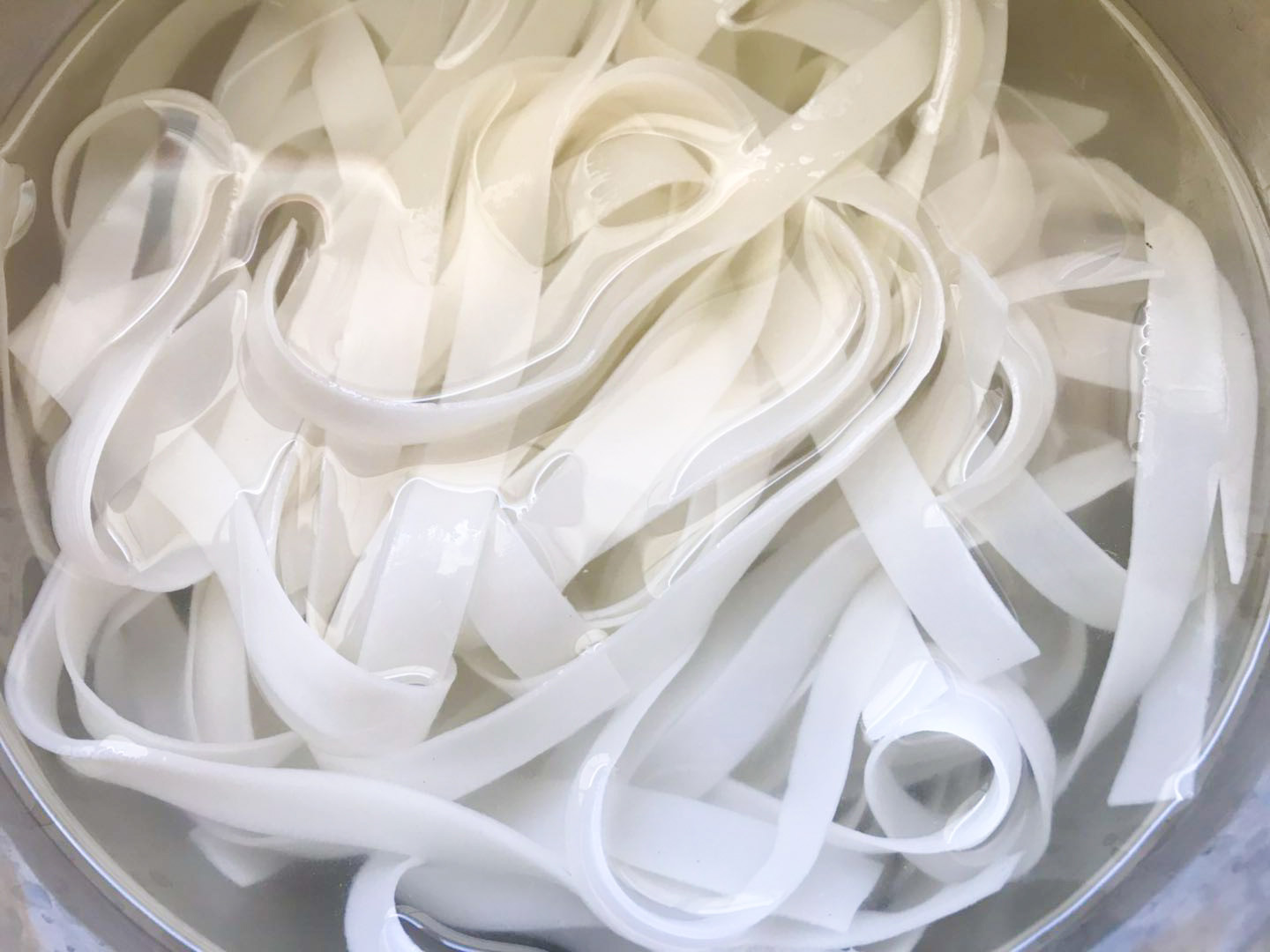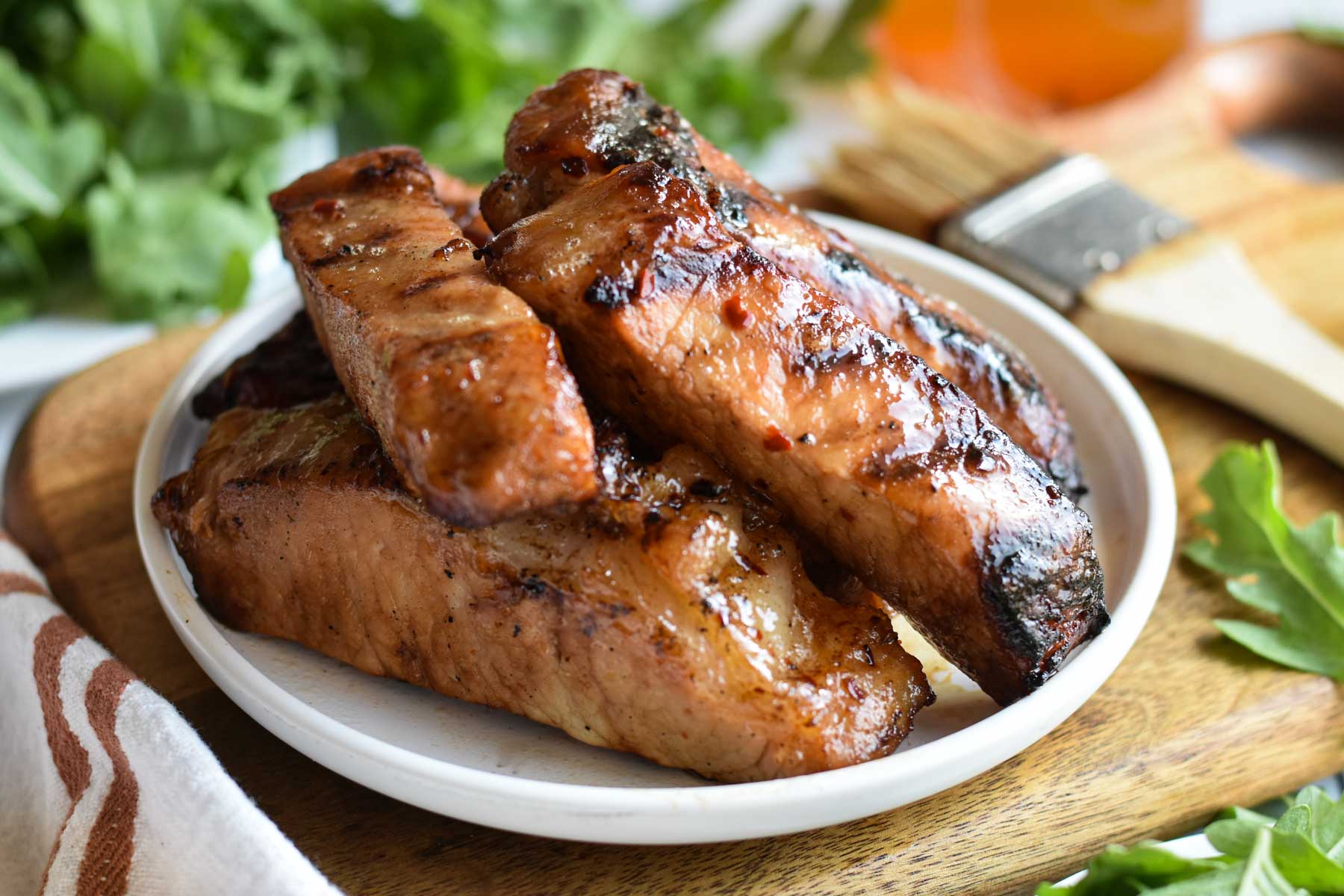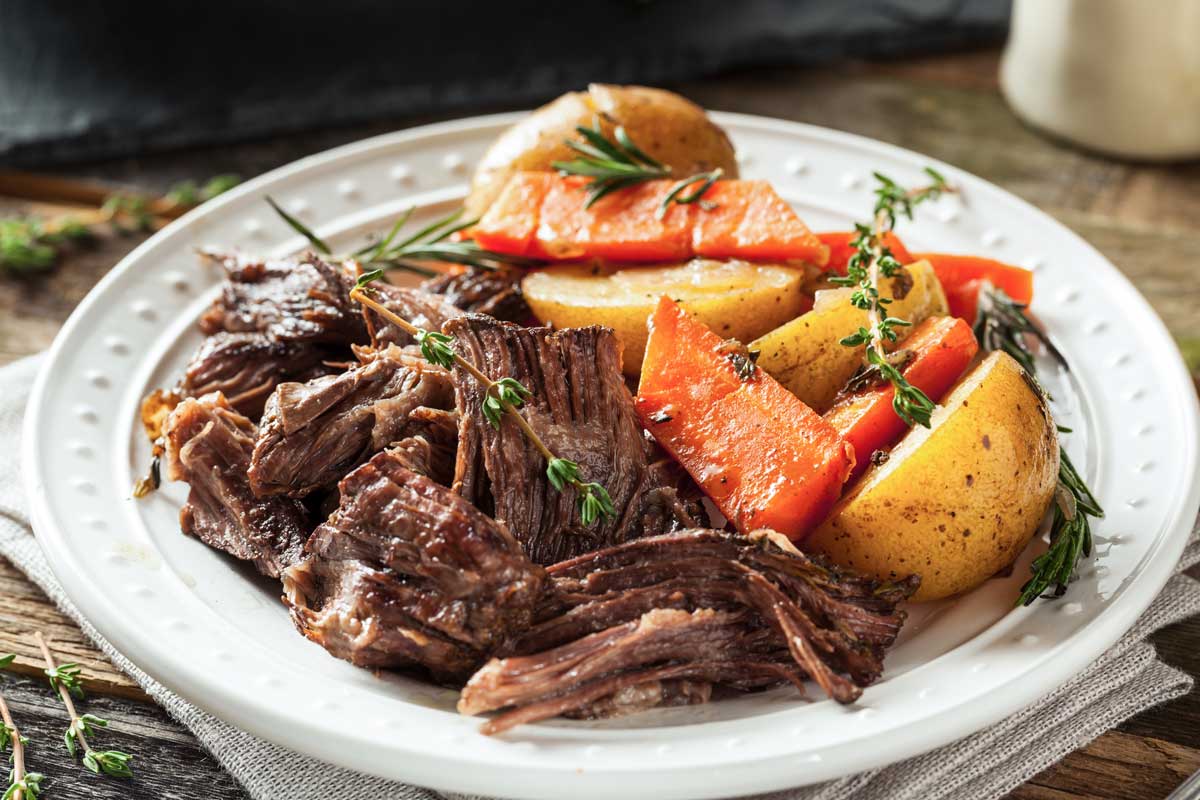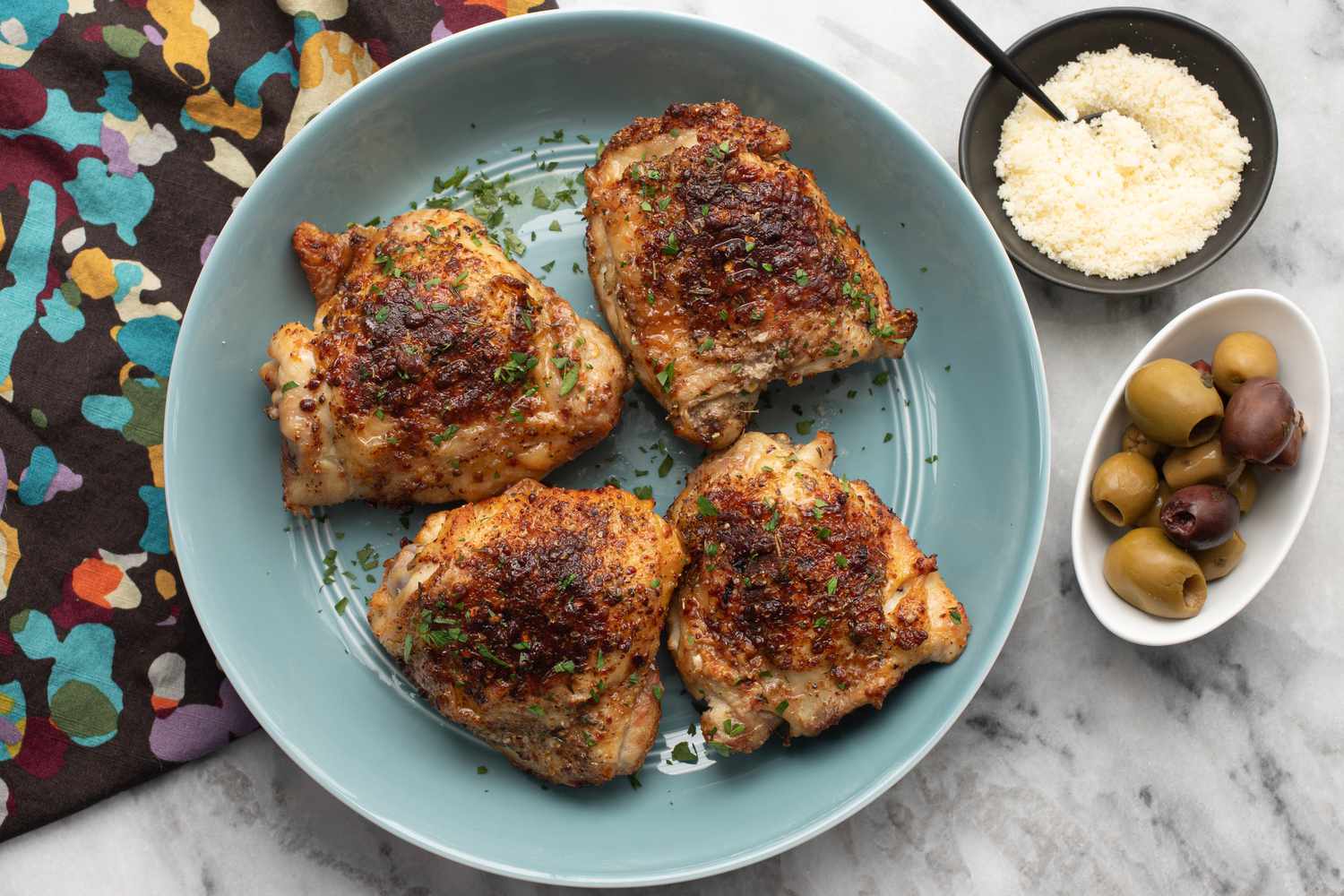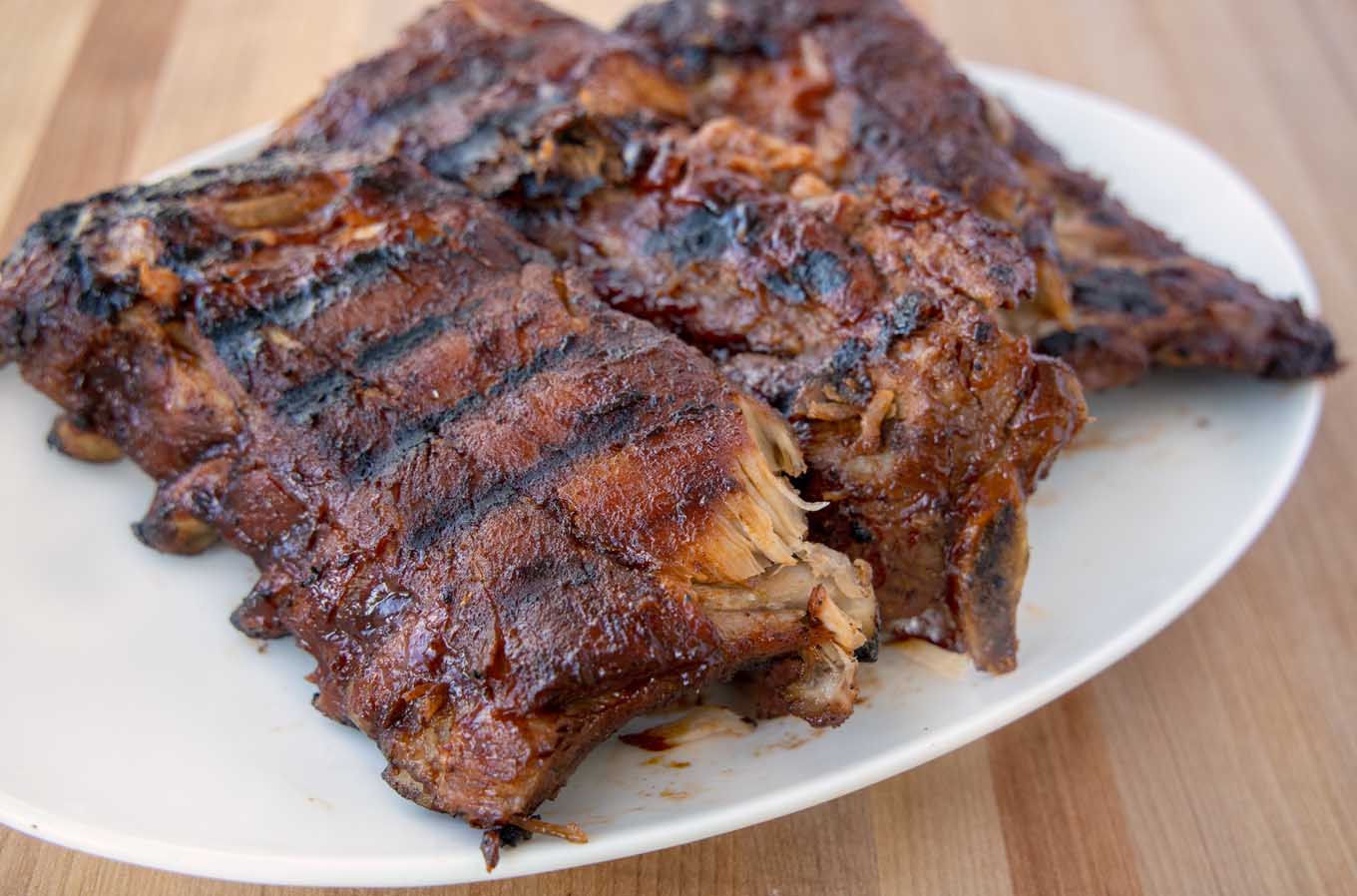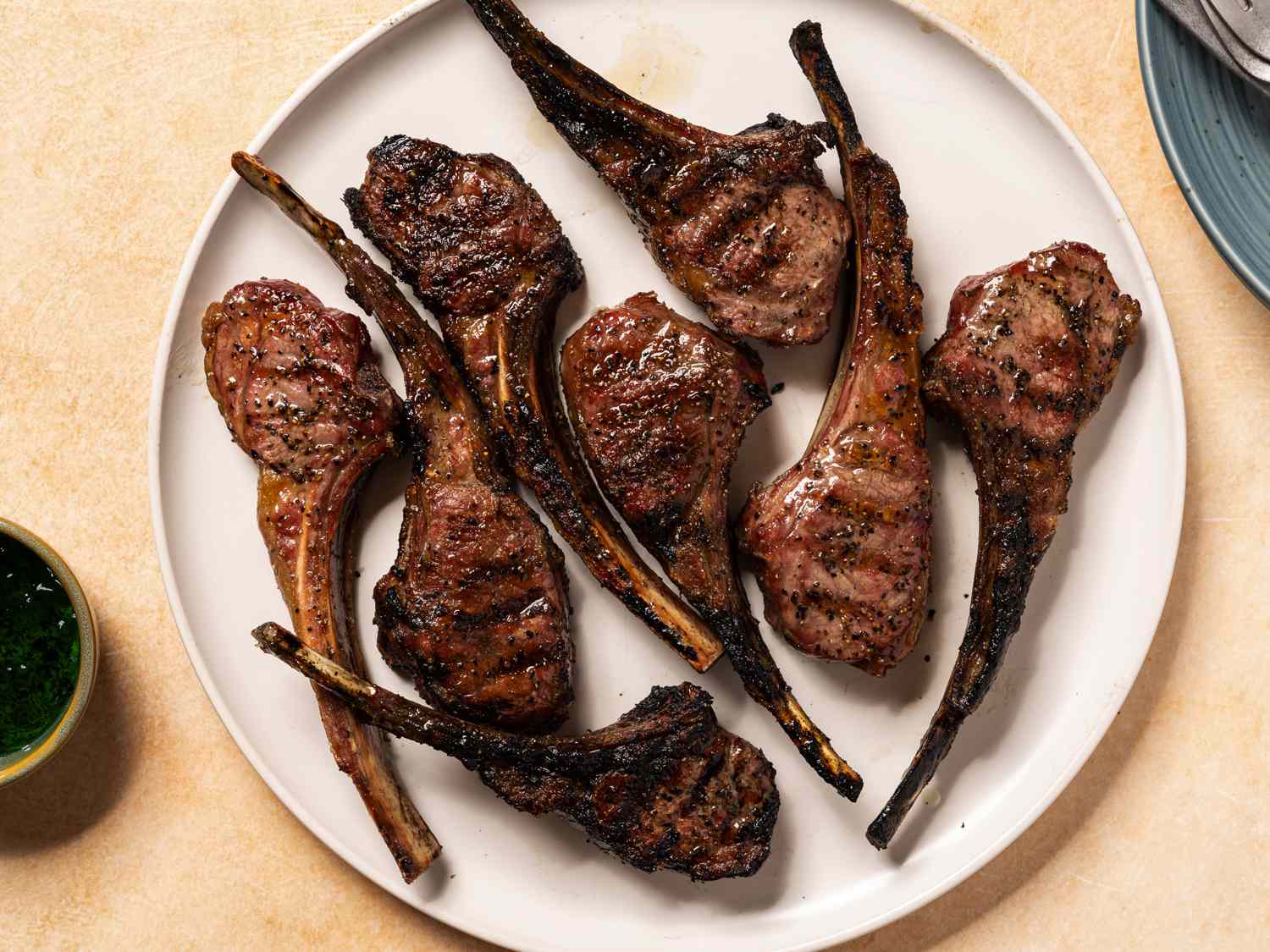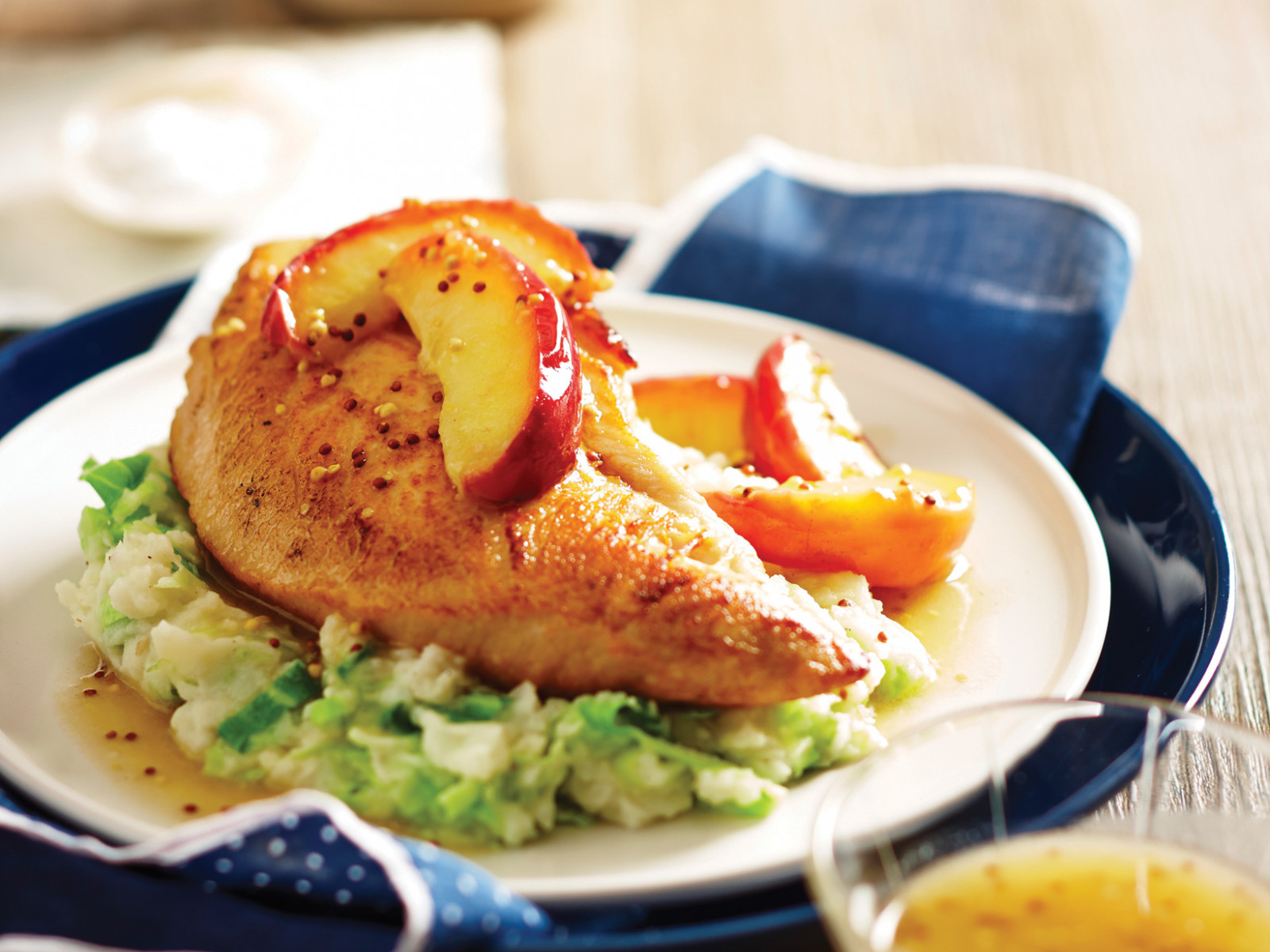Cooking the Perfect Strip Steak on Your Stove
There’s no denying the satisfaction of sinking your teeth into a perfectly cooked strip steak. Whether you’re a seasoned kitchen connoisseur or an aspiring home cook, mastering the art of cooking a strip steak on the stove will take your culinary skills to the next level. Don’t fret, because we’ve got you covered with a step-by-step guide that will have you searing up restaurant-worthy strip steaks in the comfort of your own kitchen.
Choose Your Steak
The first step to cooking a delicious strip steak is selecting a high-quality cut of meat. Look for steaks with well-marbled fat, as this will enhance the flavor and tenderness of the meat. Aim for a strip steak that is at least 1 inch thick, as thinner cuts may overcook easily.
Let it Rest
Before you start cooking your steak, allow it to come to room temperature by letting it rest outside of the refrigerator for about 30 minutes. This will ensure that the meat cooks evenly and stays juicy.
Seasoning is Key
A well-seasoned steak is the secret behind a mouthwatering dish. Generously season both sides of the strip steak with kosher salt and freshly ground black pepper. For an extra layer of flavor, you can also add herbs or spices of your choice.
Preheat and Sear
Place a skillet on the stove over medium-high heat and allow it to preheat for a few minutes. Add a high smoke point oil, such as vegetable or canola oil, to the pan. Carefully place the seasoned strip steak in the hot skillet and let it sear for about 3-4 minutes per side.
Don’t Forget the Butter
While the steak is searing, you can take it to the next level by adding a knob of butter to the pan. This will infuse the meat with richness and enhance the caramelization process. As the butter melts, tilt the skillet slightly and use a spoon to baste the steak with the melted butter for extra flavor.
Check for Doneness
Using a meat thermometer, check the internal temperature of the steak to determine its doneness. For a medium-rare steak, aim for an internal temperature of around 130°F (55°C). Keep in mind that the steak will continue to cook a bit more as it rests, so remove it from the heat when it’s a few degrees below your desired doneness level.
Rest and Carve
Transfer the cooked strip steak to a cutting board and allow it to rest for about 5 minutes. This step is crucial as it allows the juices to redistribute throughout the meat, resulting in a tender and juicy steak. Once rested, slice the steak against the grain to maximize its tenderness.
Serve and Enjoy!
Now it’s time to savor the fruits of your labor! Plate up your beautifully cooked strip steak and serve it with your favorite side dishes, such as roasted potatoes or grilled vegetables. Take a moment to appreciate the perfectly seared exterior and tender, juicy interior of your stove-cooked strip steak.
Remember, practice makes perfect. Don’t be discouraged if your first attempt isn’t flawless. With time and experience, you’ll be able to cook strip steaks on the stove with confidence and finesse. So, bring out your skillet, gather your ingredients, and embark on a delicious culinary journey that will impress your taste buds and leave you craving for more!
Was this page helpful?
Read Next: How To Cook Tilapia On Stove Without Flour
